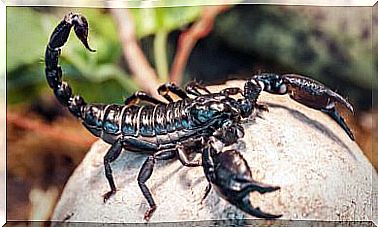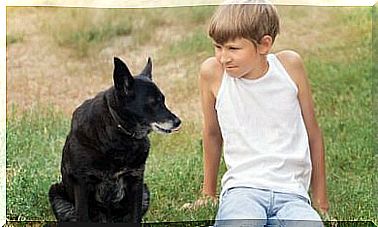When And How Did Dinosaurs Appear?
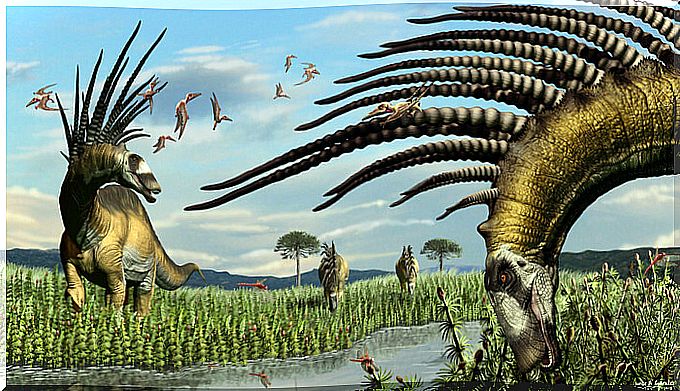
The origin of dinosaurs is located in the Triassic period, the oldest of the Mesozoic Era, which began 230 million years ago and lasted 50 million years. During this period, both flora and fauna began to diversify in relation to the previous era. That’s how these giant reptiles we know today as ‘dinosaurs’ appeared.
These titans, both terrestrial, marine and winged, emerged from their ancestors, the archosaurs, which already began to show characteristics of modern reptiles and some birds. If you want to know more about this topic, read on.
How did dinosaurs appear?
During the Triassic, among the smaller fauna, insects, scorpions and freshwater crustaceans began to become abundant. At sea, many new invertebrate genera were appearing. However, at the same time, many groups of animals were disappearing, as happened with many amphibians.
Another aquatic group were the placodons, found only in late Triassic deposits. They were quite bulky, with huge bodies and modified paddle-shaped limbs. Some placodons had bony plates on the back, similar to a turtle-like carapace, although the number of plates was much greater.
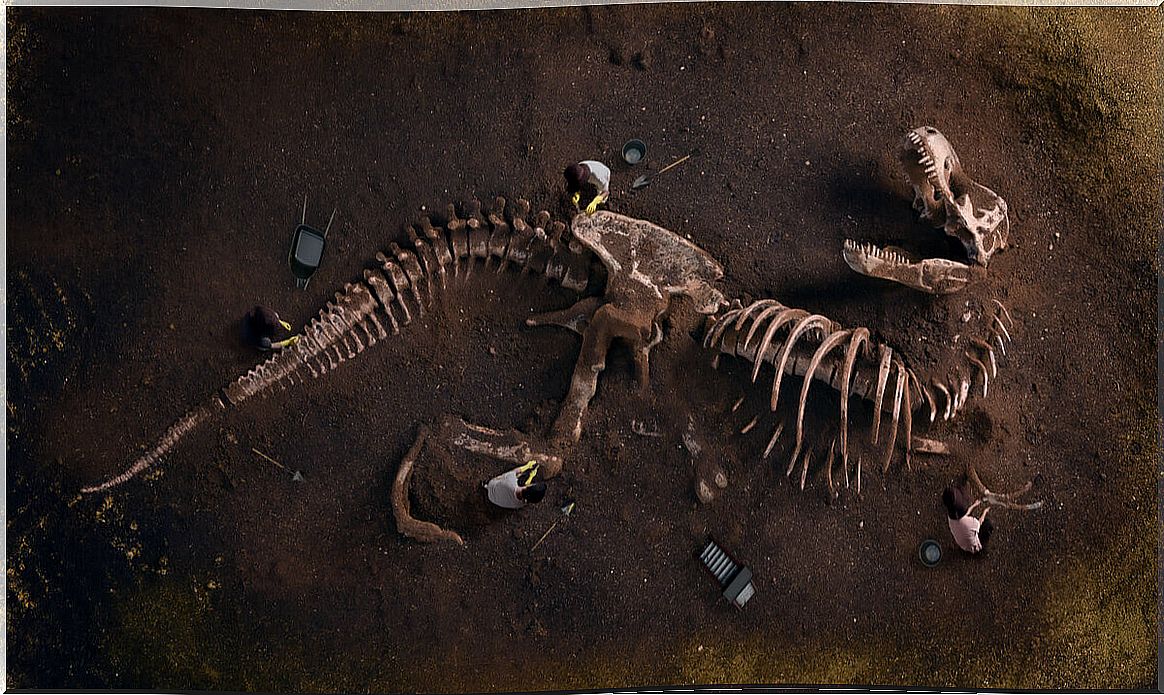
Changes in terrestrial fauna during the Triassic
On land, fossil rocks from the Triassic contain traces of the most primitive archosaurs, considered ancestors of dinosaurs and pterosaurs. Archosaurs were initially carnivores, coexisting with their herbivorous neighbors, the lepidosaurs or rhynchosaurs . Like some modern lizards, they used their tails to balance themselves as they ran on their hind limbs.
As they evolved, this bipedal posture became permanent in some species, so the hands adapted for other purposes, such as gripping objects or flying. Paleontologists believe that Eoraptor appears to be the common ancestor of all dinosaurs. In this case, the first dinosaurs would have been small predatory and bipedal animals.
The appearance of the giants
The most primitive dinosaurs appeared in the late Triassic, about 180 million years ago. Among them were, for example, the following specimens:
- Procompsognatus : a very fast biped reptile, which should weigh approximately one kilogram.
- Plateosaurus : the giant dinosaur of the time. It was a herbivore, with about 7 meters in length and lived in Europe. It was one of the first reptiles of these dimensions that experimented with the bipedal position.
the empire of giants on land
With dinosaurs comes the Jurassic period, which lasted about 50 million years. During most of this period, animals were represented especially by reptiles. On land, dinosaurs were the most abundant. Among them, the following stood out:
- Allosaurus , a gigantic carnivore.
- Diplodocus , a 25 meter tall herbivore.
- Stegosaurus , was also great.
However, not all dinosaurs had colossal proportions, as there were some that measured a few meters. As is also the case today, environmental impositions modulate the size and shape of living beings beyond the average.
aquatic dinosaurs
Reptiles also invaded the seas. The Ictiosaurus and Pleiosaurus reached its most widespread during this period. At the same time, appeared the first turtles and emidosaurs, marine reptiles similar to today’s crocodiles.
flying dinosaurs
Finally, the dinosaurs started to fly high. Little Rhamphorhynchus, for example, was already able to fly. Pterosaurs, with dimensions ranging from a few centimeters to 9 meters in wingspan, also dominated the aerial environment.
Their wings were leathery like a bat’s and had no keel (a bone present in modern birds) so they weren’t good flyers. They were content to soar, like albatrosses.
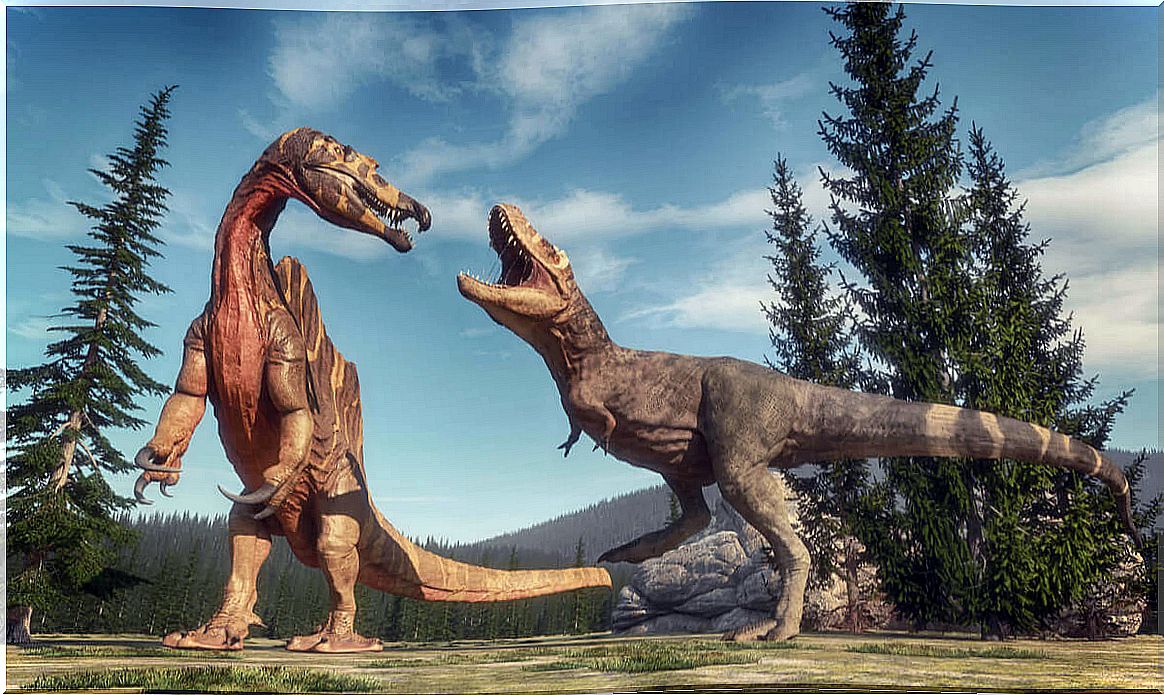
What sources can I refer to to learn more about dinosaurs?
Extinct animals must not be forgotten. The only way to make humans remember these giants is to know their legacy by reading and preserving their memory.
The bibliography about these animals is extensive, as they arouse the interest of children and adults alike. Books like Emily Hawkins’s Atlas of Dinosaur Adventures are great for young people. The Complete Illustrated Encyclopedia of Dinosaurs and Prehistoric Creatures by Dixon D. et al is also recommended for all ages.
Filmography can also be interesting to remember about dinosaurs, even if it’s fantastic. Finally, it might also be a good idea to visit theme parks that exist about dinosaurs.
